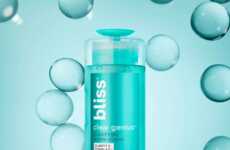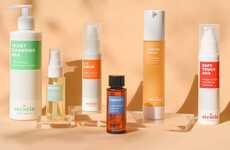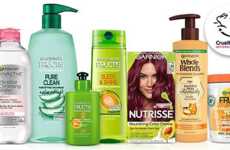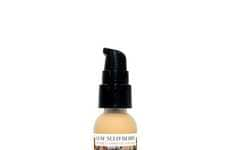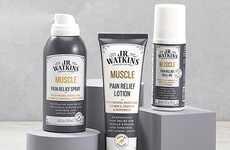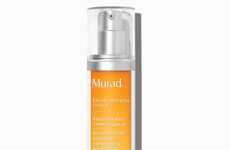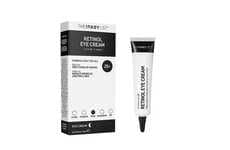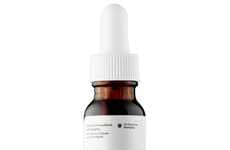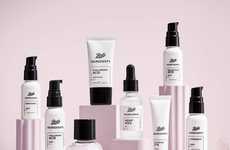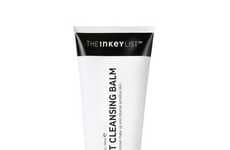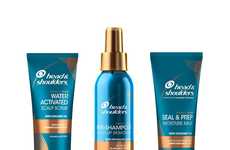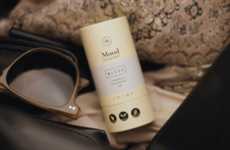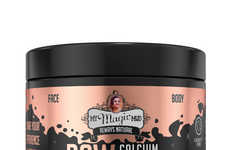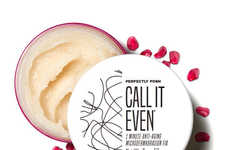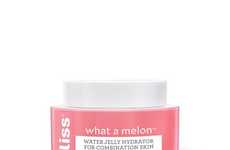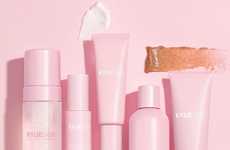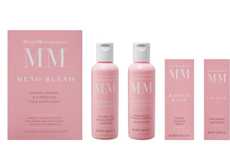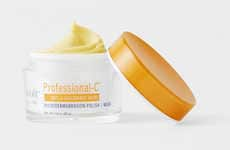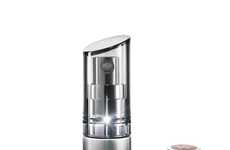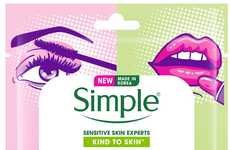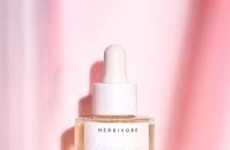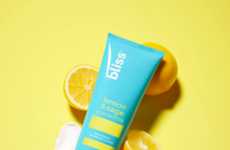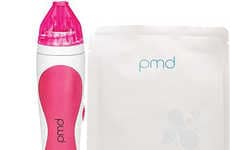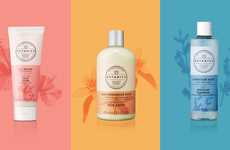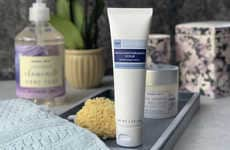

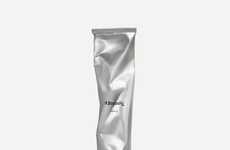

Skincare products with luxury branding or ingredients are made cost-accessible
Trend - In the past few years, a small handful of brands that prioritize functional, science-focused skincare that are cost-accessible have become extremely popular among consumers. Along this thread, brands are now creating luxury branded skincare products that the average person could afford.
Insight - Consumers of all incomes are concerned with "wellness" and self-care, and bring various rituals and practices into their routines that reflect the desire to maintain their mental and physical well-being. However, the wellness space is often exclusionary, whether it comes to financial status or the various privileges that the target markets for wellness have. Thus, brands that prioritize both quality and cost-accessibility are appealing to a wider, more inclusive market.
Insight - Consumers of all incomes are concerned with "wellness" and self-care, and bring various rituals and practices into their routines that reflect the desire to maintain their mental and physical well-being. However, the wellness space is often exclusionary, whether it comes to financial status or the various privileges that the target markets for wellness have. Thus, brands that prioritize both quality and cost-accessibility are appealing to a wider, more inclusive market.
Workshop Question - How could your brand better prioritize cost-accessibility to appeal to more consumers?
Trend Themes
1. Accessible Luxury Skincare - Brands that prioritize both quality and cost-accessibility are appealing to a wider, more inclusive market.
2. Sustainable Skincare for Gen Z - Brands like Plenaire that offer eco-friendly, minimalist, and inclusive Gen Z-targeted products have disrupted the skincare industry.
3. Ingredient-focused Skincare - Brands like Typology, The Inkey List, and The Ordinary are focused on straightforward formulas with minimal yet highly effective ingredients.
Industry Implications
1. Beauty and Personal Care - Brands in the beauty and personal care industry can refer to accessible luxury and sustainable skincare as disruptive opportunities to appeal to cost-conscious and environmentally conscious consumers.
2. Direct-to-consumer - The direct-to-consumer industry can reference the growing importance of ingredient-focused and research-driven skincare products that remove fragrances and fillers and focus on essential ingredients.
3. Wellness and Self-care - Brands that prioritize wellness and self-care should consider these trends in accessible luxury, sustainability, and ingredient-focused skincare products that prioritize both quality and cost-accessibility appealing to a wider, more inclusive market, especially for environmentally and cost-conscious consumers.
